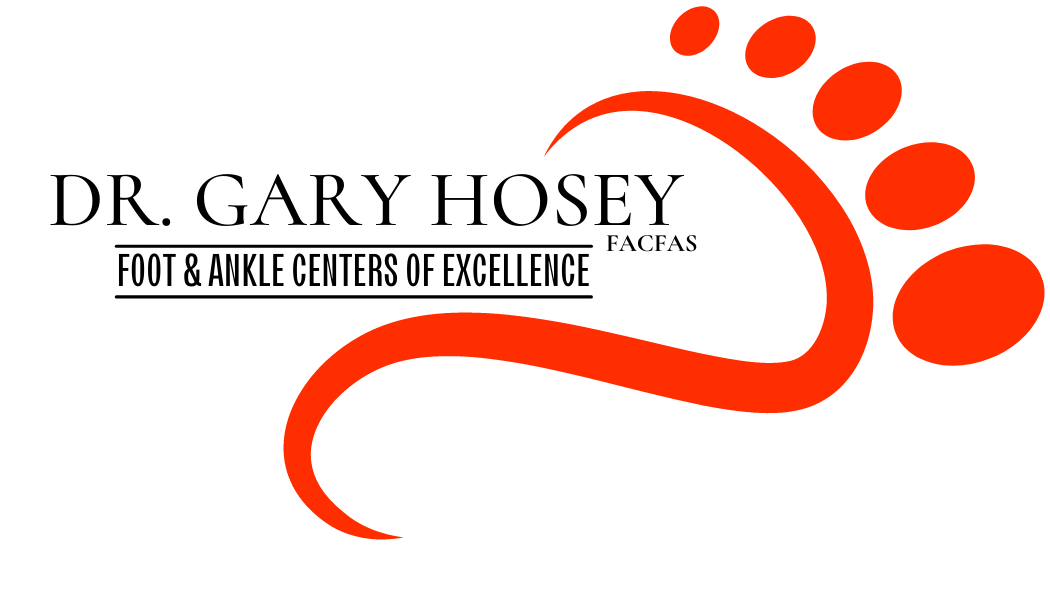Correcting Hammertoe
If you’ve ever looked inside a piano, you can see how “hammertoes” get their name. A hammertoes becomes set in a fixed position, with its knuckle bent upward and the tow taking on a claw-like appearance much like the hammers that strike a piano’s strong.
Hammertoe describes a deformity in which the toe (or toes) buckle or bend under as opposed to the normal straight position. This is most often seen in the second and fifth toes. As the toes curl out of their normal position, the tendons underlying the joints may shorten and tighten. Hammertoes are often connected to another common deformity; bunions. A bunion tends to rotate the tip of the toe inward, forcing the second toe to buckle upward. Hammertoes can also occur without bunions, caused by such problems as rheumatoid arthritis, high arches, or the tendency to turn feet inward when walking. While hammertoe may or may not be painful, such toes often develop skin inflammations or corns (an accumulation of hard dead skin cells) where the tops of the toes rub against the inside of the shoes.
Treatment for hammertoes may include protective pads, prescription orthotics and/or shoes, medication, and surgery.
When surgery for hammertoes is recommended, you’ll be glad to know that today’s techniques make the process easier and faster, and recovery is quite a bit more comfortable than years ago. The surgical correction of flexible hammertoes involves tenotomy, the cutting and relaxation of the tightened tendon, and capsulotomy, cutting of a structure called the capsule. The three basic goals of our technique are to relieve pain, restore function and improve appearance. The procedure is often done under local anesthesia in the podiatrist’s office. Patients may walk immediately after this procedure, through they may require a surgical shoe for up to three weeks.

